Airport security doesn’t have to be the most stressful part of your travel experience. While those long lines and endless rules might seem overwhelming, a little preparation can transform your checkpoint experience from chaotic to smooth sailing.
Smart travelers know that getting through security quickly isn’t about luck—it’s about understanding the system and preparing accordingly. The key to mastering airport security lies in knowing what to expect and getting yourself ready before you even leave home.
Here are 15 practical tips that will help you glide through those checkpoints like a seasoned traveler.
Check In Online and Get Your Boarding Pass Ready

Getting your boarding pass sorted before you arrive at the airport saves precious time and reduces stress. Most airlines let you check in 24 hours before departure, and having a digital or printed pass ready means one less thing to worry about when rushing to your flight.
You can skip those check-in kiosks entirely and head straight to security. Plus, checking in early often gives you better seat selection options if you haven’t already chosen your spot.
Wear Slip-On Shoes
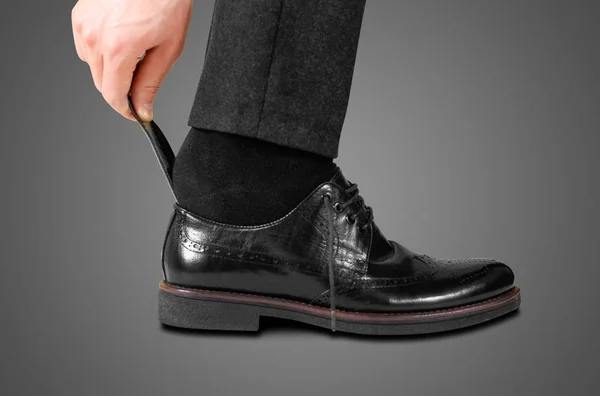
Your footwear choice can make or break your security experience. Those lace-up boots might look great, but they’ll slow you down when you’re fumbling with knots while people wait behind you.
Slip-on shoes, loafers, or anything you can kick off quickly will keep the line moving and reduce your stress levels. Remember that you’ll likely need to remove your shoes unless you have TSA PreCheck, so comfort and convenience should come first.
Like Travel Pug’s content? Follow us on MSN.
Pack Liquids in a Clear Bag

The 3-1-1 rule isn’t just a suggestion—it’s the law of the land at security checkpoints. All your liquids need to fit in a single quart-sized clear bag, with each container holding no more than 3.4 ounces. Think of it like packing a tiny suitcase for your toiletries—every milliliter counts.
Having this bag easily accessible in your carry-on means you can grab it quickly when you reach the conveyor belt. Pro tip: buy travel-sized containers ahead of time rather than trying to squeeze your full-size shampoo into a smaller bottle.
Empty Your Pockets Completely
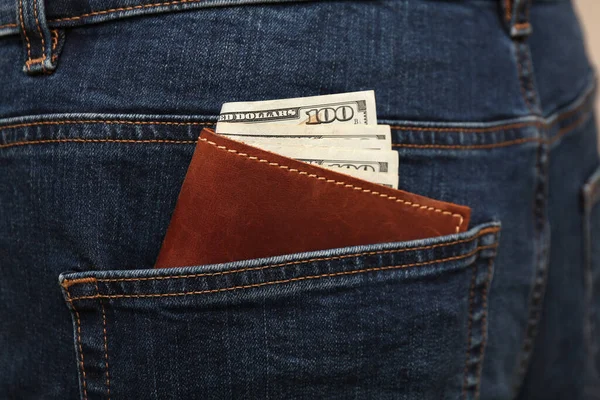
Those security agents have seen it all, and they know exactly what creates delays—stuff in your pockets. Coins, keys, phones, gum, receipts, and that random paperclip you forgot about will all trigger the metal detector or body scanner.
Before you even get in line, do a thorough pocket check and put everything into your carry-on bag or into those plastic bins. Think of it as decluttering your pockets the same way you’d clean out your car before a road trip.
Arrive Early During Peak Times
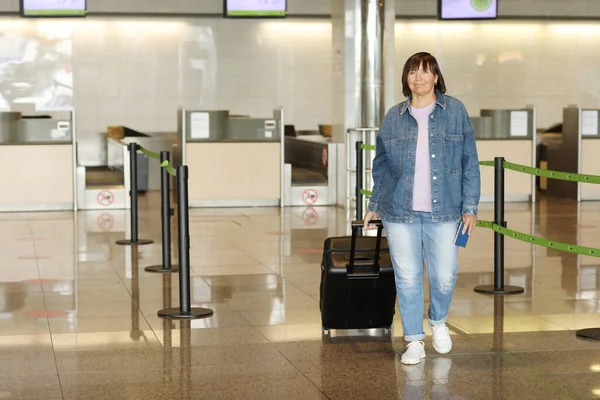
Airport security isn’t a race, but timing definitely matters. During busy travel periods like holidays, summer vacations, or Monday morning business rushes, those lines can stretch for what feels like miles. Arriving at the airport at least two hours early for domestic flights gives you a comfortable buffer zone.
Early morning flights often have shorter security lines since fewer people are traveling, while late afternoon and evening flights tend to be busier as business travelers head home.
Like Travel Pug’s content? Follow us on MSN.
Keep Electronics Easily Accessible
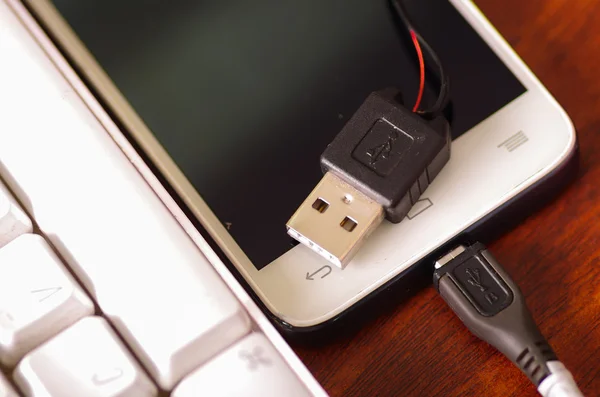
Your laptop, tablet, and any electronics larger than a phone need their own space in those plastic bins during screening. Burying your laptop at the bottom of your bag means you’ll be digging around while everyone waits.
Pack your electronics in easily accessible pockets or compartments so you can pull them out quickly. Some bags even have dedicated laptop compartments that zip open flat, making the whole process smoother for everyone involved.
Dress Smart for Security
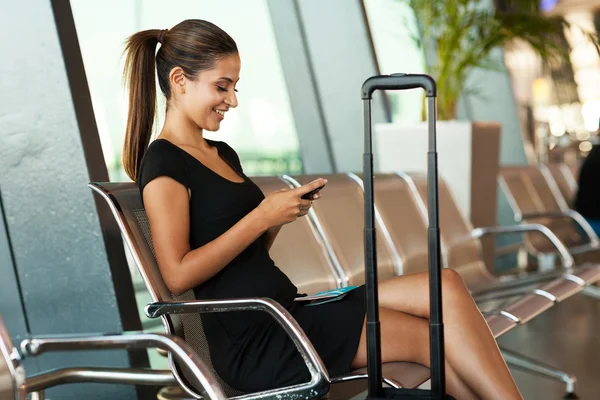
What you wear can either speed up or slow down your screening process significantly. Metal belt buckles, underwire bras, and clothing with lots of zippers or studs will likely trigger additional screening. Choose clothing with minimal metal components, and consider leaving that statement jewelry at home or packing it in your checked luggage.
Think comfortable and simple—airport security isn’t a fashion show, and you’ll be much happier in clothes that don’t require extra attention from security personnel.
Know What’s Prohibited

Spending five minutes reviewing the TSA’s prohibited items list before you pack can save you major headaches later. That Swiss Army knife your grandfather gave you needs to stay home, and yes, they really will confiscate your full-sized toothpaste. When in doubt, pack questionable items in your checked luggage or leave them behind entirely.
Security agents would rather prevent problems than deal with confiscated items, so knowing the rules helps everyone’s day go smoother.
Like Travel Pug’s content? Follow us on MSN.
Use TSA PreCheck or Clear
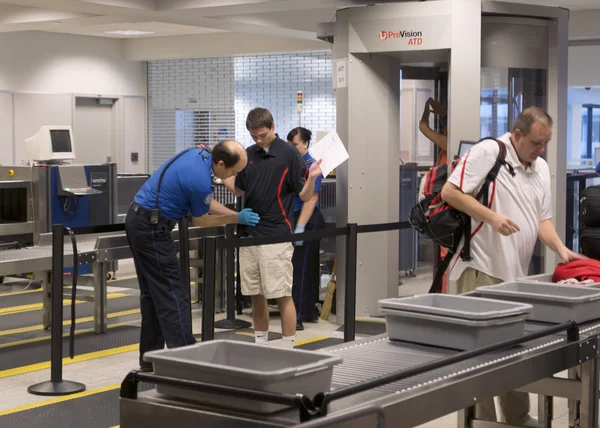
These programs are like having a fast pass at an amusement park—they’re absolutely worth the investment if you travel regularly. TSA PreCheck costs about $80 for five years and lets you keep your shoes, belt, and light jacket on while going through a shorter line.
Clear uses biometric scanning to verify your identity quickly, often cutting your wait time in half. Think of these programs as an investment in your peace of mind and time savings rather than just another expense.
Have Your ID Ready
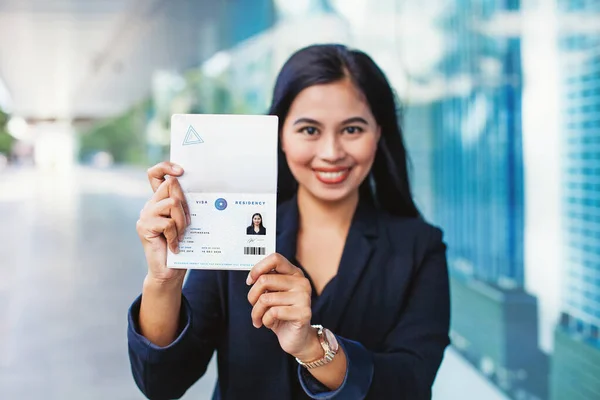
Fumbling for your driver’s license while juggling your boarding pass and carry-on creates unnecessary stress for you and delays for everyone behind you. Keep your identification easily accessible in a front pocket or outside compartment of your bag. Some travelers use a travel wallet or lanyard to keep their documents organized and within reach.
The security checkpoint isn’t the place to realize your ID is buried somewhere in your purse or backpack.
Pack Smart in Your Carry-On
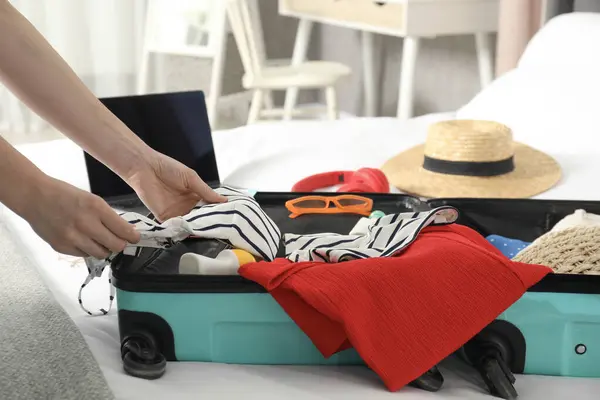
The way you organize your carry-on bag can make the difference between a smooth screening and a frustrating delay. Pack heavier items at the bottom and keep frequently needed items like electronics and liquids near the top or in exterior pockets.
Avoid overstuffing your bag—cramped spaces make it harder for X-ray machines to get clear images, which might result in additional manual searches. A well-organized bag shows security agents that you’re prepared and makes their job easier too.
Like Travel Pug’s content? Follow us on MSN.
Follow the Person Ahead of You
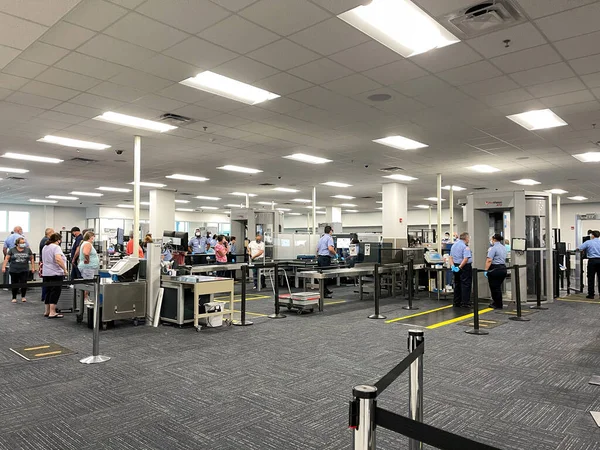
Airport security moves like a well-choreographed dance when everyone knows their steps. Watch what the person in front of you does and follow their lead—if they’re removing their jacket, you probably need to as well.
Pay attention to the security agent’s instructions rather than trying to multitask or check your phone. Being present and focused helps you respond quickly to any requests and keeps the entire line moving at a steady pace.
Don’t Pack Food That Looks Suspicious
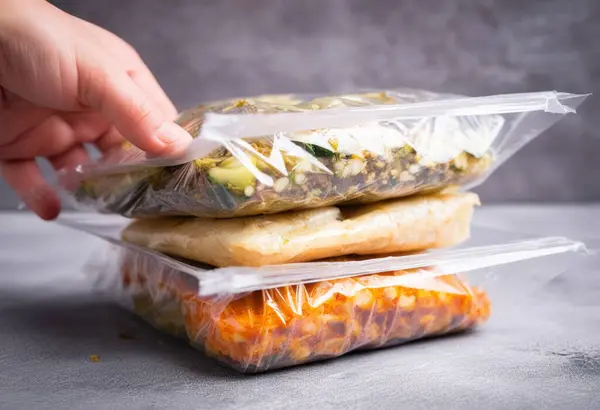
That homemade pasta sauce or jar of peanut butter might seem innocent to you, but it looks like a potential liquid threat to X-ray machines. Thick spreads, sauces, and creamy foods often require additional screening or might not be allowed through at all. Solid foods like sandwiches, fruit, and snacks typically pass through without issues.
When packing food, consider how it might appear on an X-ray screen—security agents need to be able to identify what they’re looking at quickly.
Stay Calm and Patient
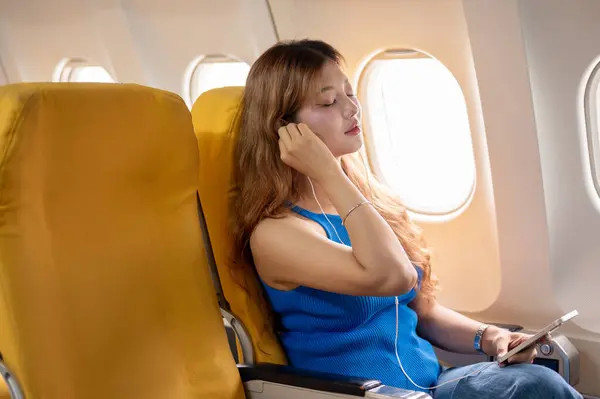
Airport security can be stressful, but getting frustrated or argumentative will only make things worse for everyone involved. Security agents are doing their job to keep flights safe, and they deal with hundreds of travelers every day. A friendly attitude and some patience can go a long way toward making your experience more pleasant.
Remember that unexpected delays happen—building extra time into your travel schedule means you won’t feel rushed even if things don’t go perfectly.
Like Travel Pug’s content? Follow us on MSN.
Consider Your Airport’s Layout
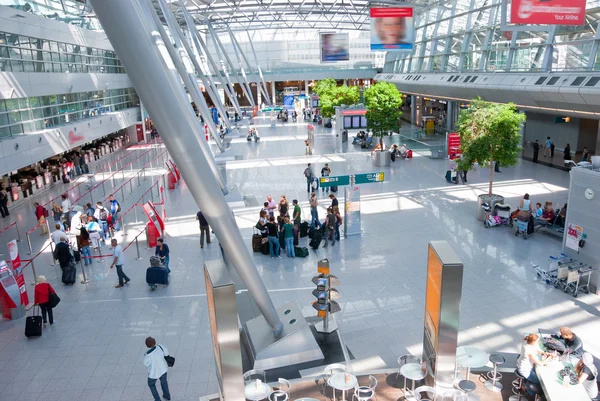
Not all airports are created equal, and some have much more complex security setups than others. Large airports like Atlanta or Chicago might have multiple security checkpoints, while smaller airports might only have one or two.
Research your departure airport online to understand how security works there—some have special procedures or additional requirements. Knowing what to expect helps you plan your arrival time and reduces anxiety about navigating an unfamiliar airport.
From Chaos to Smooth Sailing
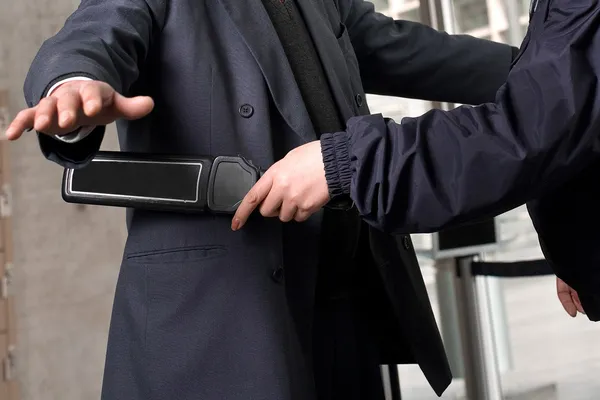
Airport security has evolved dramatically since its early days, transforming from a simple metal detector walk-through to today’s sophisticated screening systems. What once took minutes now requires more preparation and patience, but travelers have adapted by becoming smarter about the process.
These tips represent years of collective wisdom from frequent flyers who’ve learned that preparation and the right mindset can turn a potentially stressful experience into just another routine part of travel. The next time you’re standing in that security line, you’ll be the traveler others watch and learn from—calm, prepared, and ready to breeze through to your gate.
More from Travel Pug

- 20 Best Beach Towns in the Carolinas
- 13 Destinations Where Tourists Regularly Regret Their Trip
- 20 Things You Actually Get in First Class
- 20 Small Airports With Aviation Museums
- 20 Places in the U.S. That Are Perfect for a Reset Trip
Like Travel Pug’s content? Follow us on MSN.
